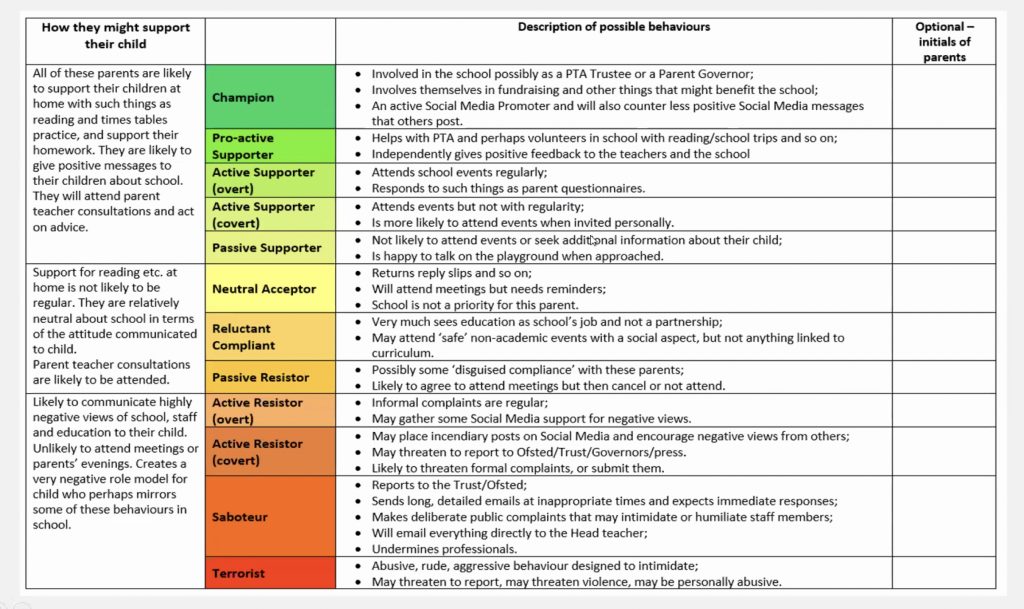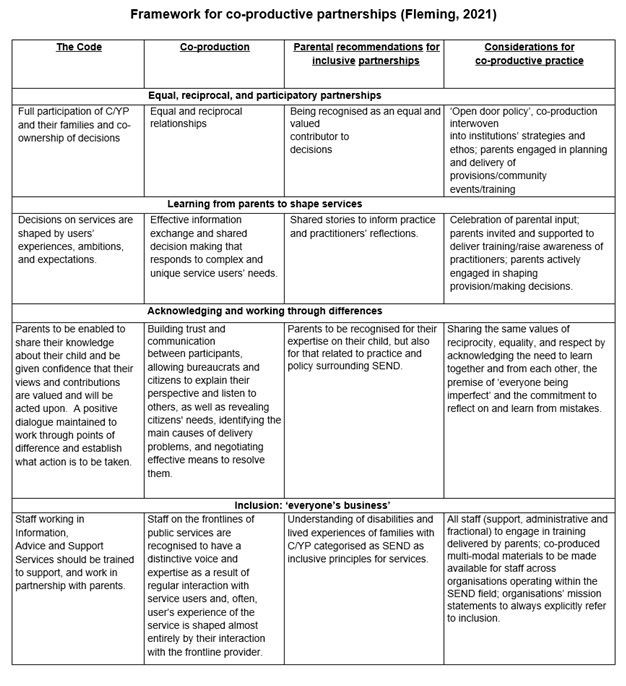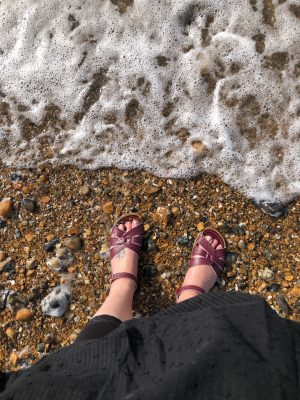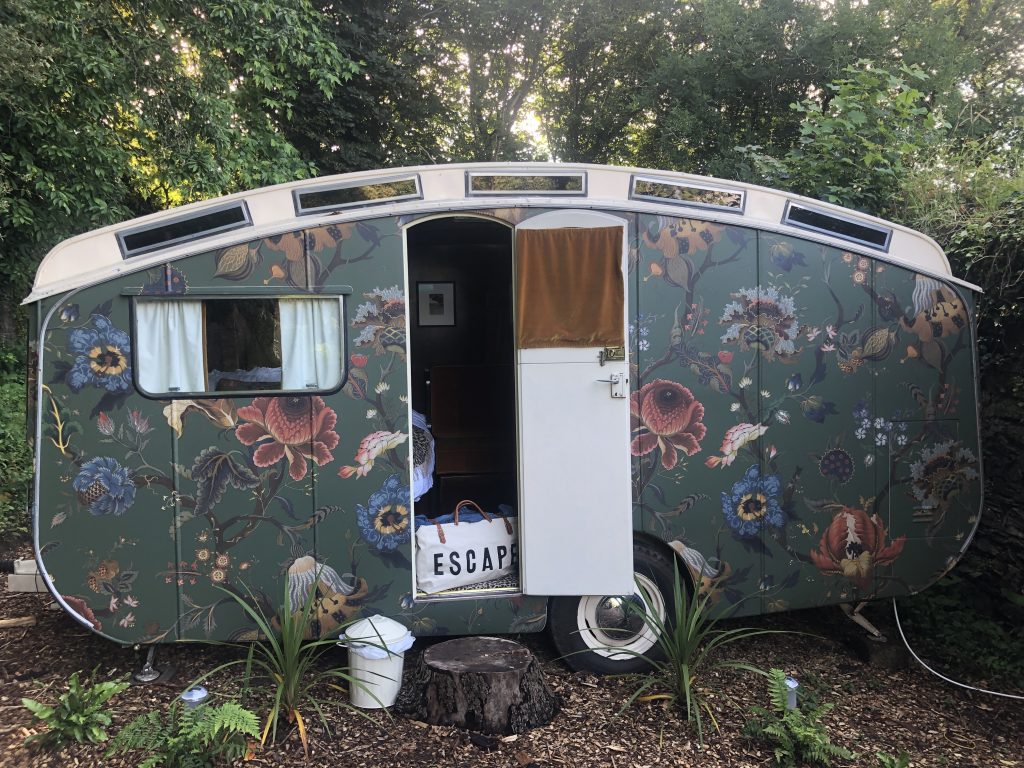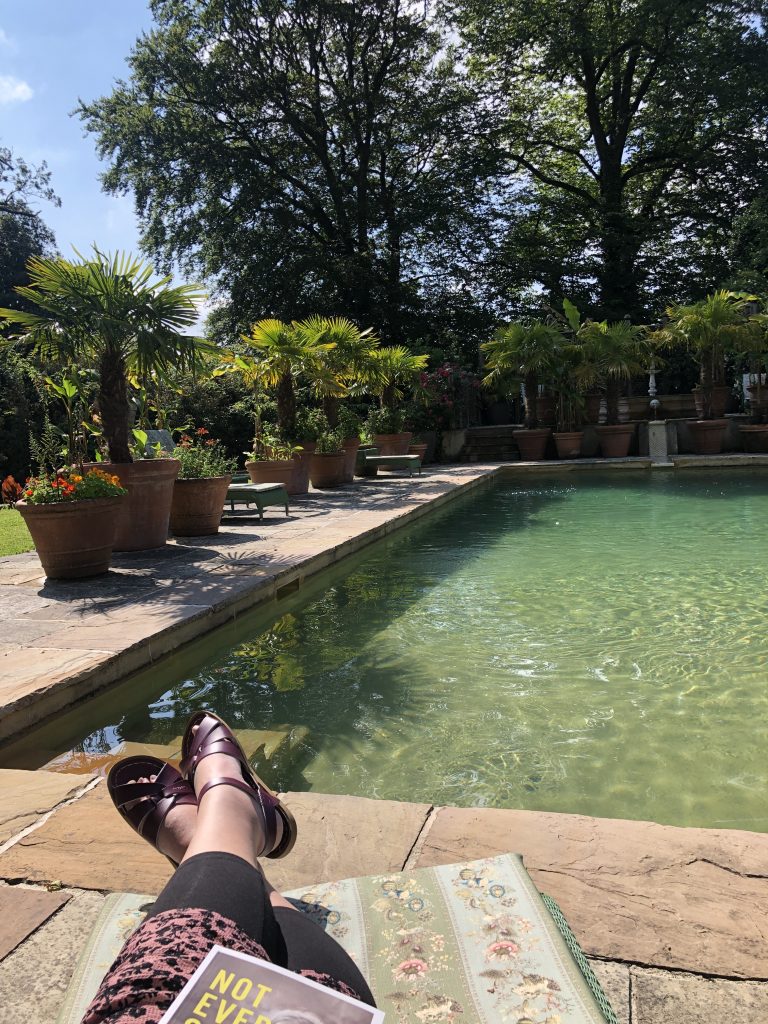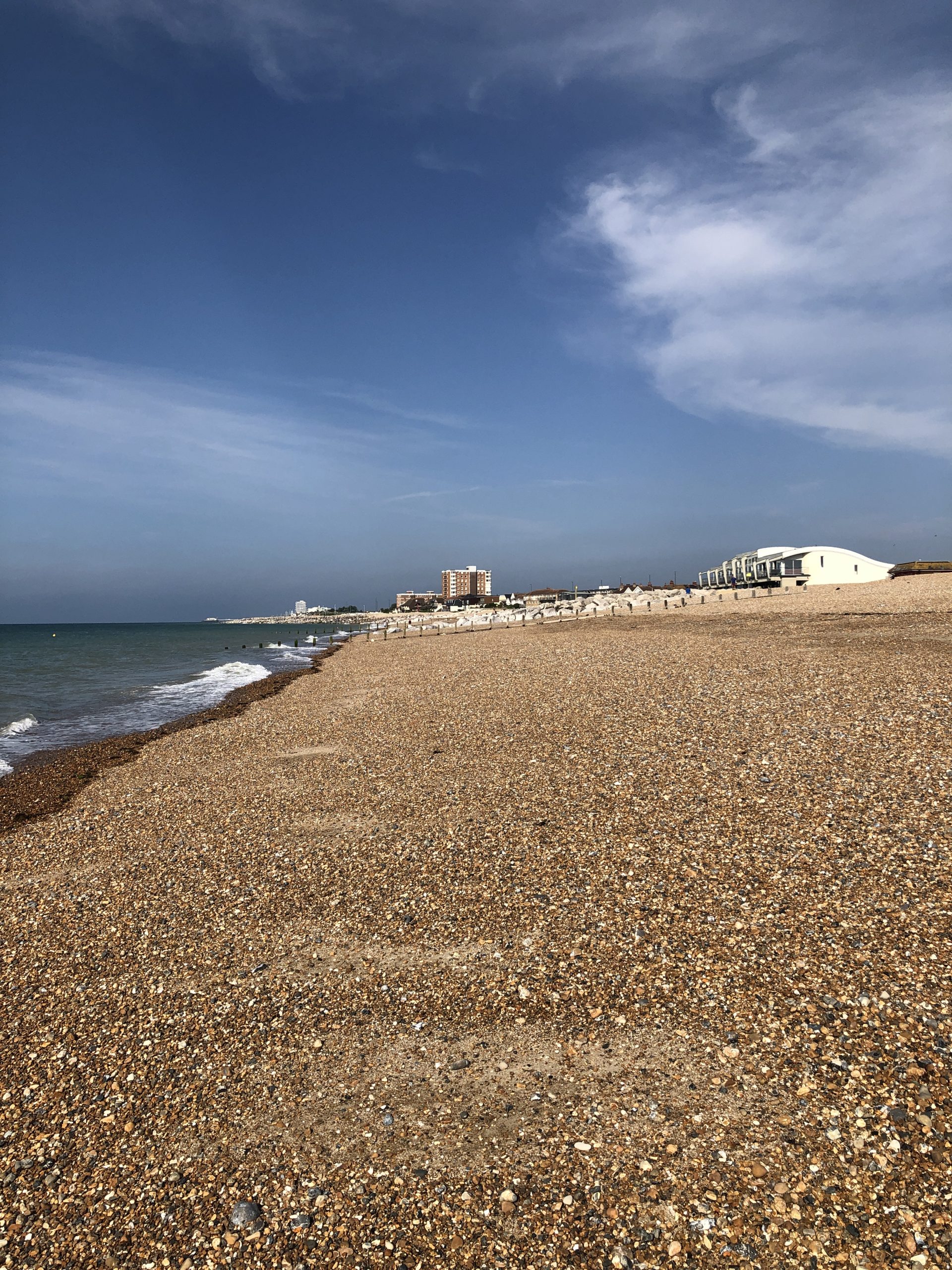This book review was written for PESGB but was never published due to a range of reasons (not – as far as I know – the quality of the review). I do not want the review to go to waste, so am posting it here…
If we are thinking about what it means to be human, we need to start with thinking about disability. This is the central claim that Goodley makes in Disability and Other Human Questions, as he invites us to think more creatively about what it means to be human, whilst positioning disability at the core of his arguments. As well as being an important topic in its own right, Goodley asserts that disability is the phenomenon from which we can ask and answer important questions about the human condition, as a ‘conversation starter: a driving subject from which to make sense of ourselves and others’ (p. 121). Disability is not simply a topic that should be left to disability studies scholars or disabled people; rather, Goodley asserts, non-disabled people have a duty to look at how they relate to the phenomenon of disability, and to reflect on whether their understanding of what it means to be human might be denying the humanity of some people.
At the outset, Goodley describes his aim to write a readable text that is targeted at a wider audience than the disability studies scholarly community who he might normally write with and for. This approach to writing does not, however, mean that Goodley shies away from asking significant philosophical questions about the human condition; indeed this is the book’s raison d’être. Critical theory and posthuman thought become entwined with stories about Goodley’s relationship with disabled people, co-researchers, colleagues, social media, alcohol, friends and family – categories that are frequently connected and sometimes overlapping. This a book that is big on personality, as it weaves humour, cultural references and social media extracts into the fabric of the text, to deliver a fast-paced and engaging book. It offers stories about disabled people’s experiences and relationships that urge the reader to stop and think about the importance of a shared humanity, interdependency and community. This is not a book that presents itself as that of a non-disabled academic writing about disability, which might risk upholding the traditional ‘deficit’ or ‘medical’ model of disability, situating the professional as expert. Instead Goodley explains how thinking about and with disabled people can open up thinking about the myriad of ways of being and making sense of the world, as disability is a ‘subject through which we can rethink what it means to be human’ (p. 121).
The book is split into six probing chapters, each discussing a different theme to answer the singular question about what it means to be human in the twenty-first century:
- What Brings Us to Disability and Other Human Questions?
- Who’s Allowed to Be Human?
- What is Human Desire?
- Are Human Beings Dependent?
- Are We Able to Be Human?
- What Does It Mean to Be Human in a Digital Age?
Within these chapters, Goodley addresses a wide range of topics including dependency, belonging, desire, disability activism, ableism, social media, austerity and Covid-19. He packs a considerable amount into this whirlwind of a book. As a result, some of these themes are only lightly touched on, as Goodley attempts to show the importance of disability when we are thinking about a wide array of concepts. With its reliance on personal anecdotes and short quotes from theorists to illustrate his argument, at times it might lead the reader to want more depth and detail, though this could be the outcome Goodley would like to achieve, provoking further thought and reading.
Setting out the context for the book, Goodley introduces an array of artists, activists and academics who have radicalised understandings of disability within the field of disability studies. Anyone wanting a detailed discussion about the history and development of the field or seeking to understand the tensions that existing within it might feel disappointed that he does not go into greater depth here, and this might have lent more weight to the arguments he makes later in the book. Goodley does, however, provide several references to further reading to enable those who wish to find out more. Indeed, as I have mentioned, this text is not intended to be a scholarly disability studies tome; rather, the focus is on what it means to be human and the importance of relationality, rather than a book about disability per se. Goodley therefore employs his own story of ‘recovery’, demonstrating how he came to rethink disability, to frame this introductory chapter.
Although the whole book draws on personal stories, this introduction to the field feels distinctively autobiographical in approach. Leading with a non-disabled person’s story in a chapter introducing the importance of disability activism and the role of disability studies might appear problematic, especially as understandings of disability explained by non-disabled people have historically led to disabled people being constituted in terms of lack or deficit of individual functioning and stigmatisation. However, Goodley recognises this, and he uses his story as a non-disabled person to reinforce his claim that stories of our relationships to disability are key to exploring how particular world views have come to dominate how we think about what it means to be human and who is included in the human category (and who is not). Rather than attempting to speak on behalf of disabled people, Goodley focuses on how his relationships and experiences with disabled people have enhanced his own understanding of what it means to be human and, more importantly, to demonstrate the significance of connection and relationships with those around us as part of this shared humanity. Although disabled activists might be leading the way in challenging their oppression through the restorying of disability as a social rather than individual problem, Goodley contends that non-disabled people play a substantive role in how disability emerges in the world, and therefore it is incumbent on us to unpack our own conceptions and prejudices in relation to disability. It is necessary for us to tell our disability stories and to subject our understandings of difference to analysis.
Goodley observes how disability is frequently missing in critical accounts of oppression and inequality (pp. 25-6) and philosophical approaches to what it means to be human. Whereas philosophers frequently consider concepts such as equality or justice in relation to social class, race or gender, for example, disability is frequently absent from such considerations. Davis (2002) describes how disability ‘is the identity one may become part of’ and claims about half of the population is likely to be dealing with disability at any one time, either their own impairment, that of a family member, or in a role of caregiver (Davis, 2002, p. 4). Furthermore, he describes how, if there is anything universal in life, it ‘is the experience of the limitations of the body’ (Davis, 2002, p. 32). Despite disability having such significant impact on us as individuals, and for society, discussions about disability are frequently missing when thinking about marginalised groups or wider philosophical concepts. Goodley therefore seeks to explore the ways ‘in which normal, everyday and typical understandings of the human being are, in reality, incredibly exclusionary: including some and omitting others’ (p. 23).
Kittay (2010) has written about how her relationship with her daughter, who has severe learning disabilities, led her to recognise how much of philosophy depends on being able to make claims about ‘distinctive human capacities’ and further that political ideals of justice are often ‘grounded on a set of competences or potentials’, many of which her daughter most likely does not possess (Kittay, 2010, p. 393). For this reason, she questions the humanist principles on which much philosophy is based and offers an alternative ethics of care. Goodley similarly describes how his relationships and experiences of time spent with disabled people have led him to question humanism as a way of thinking about questions relating to being human, due to its emphasis on rationality and autonomy, which leads to some people being recognised as ‘less than human’ as their capacities fail to meet normative expectations. This, he argues, is because it is assumed that ‘being able’ equates to ‘being fully human’ and ‘marks what it means to be a typical or normal human being’, i.e., someone who is self-sufficient, willing and able to engage with the world (p. 79). Furthermore, this understanding of what it means to be human fails to recognise the ‘perilous, precarious, diverse and unstable nature of humanity’ (p. 81) and it can lead to the exclusion of disabled people, due to their absence in discussions relating to theory, politics or policy. He suggests that instead of reliance on humanist philosophy, which excludes those who are positioned as abnormal or lacking capacity, it is necessary to be more inclusive of disabled people who are fighting for their right to be recognised as human beings. One of the most significant questions Goodley asks is why would anyone ‘want to identify with humanism if it has these inbuilt discriminatory leanings?’ (p. 37). He proposes that posthumanist approaches offer a productive alternative to what he sees as the exclusionary offerings of humanism, providing an alternative way of thinking about what it means to be human in an ever-changing world.
Goodley’s reflection on education mainly falls within the conclusion to the book and feels to be a bit of an afterthought. This could, of course, be seen as ironic given that he describes how disabled students, if they are included at all, tend to be considered as an afterthought (p. 122). Goodley describes how contemporary educational systems and curricula are developed with non-disabled students in mind, leaving disabled students ‘at the end of the educational conversations, as the postscript, the addendum or the complicating outliers’ (p. 122). Despite a rhetoric of progress relating to inclusion, disabled students are frequently ‘segregated, marginalised and neglected’ by educational systems (p. 122). He describes how special education has been developed as a reflex reaction to mainstream education’s lack of engagement with disabled students, but this dislocation of disabled students now requires an urgent conversation. Offering a similar argument to one presented earlier in the book, he suggests the exclusion of disabled students is due to a concealed humanist philosophical approach that undergirds education, which results in schools that only serve a ‘preferential community’, that is those who ‘are assessed to be ready, willing and able’ (p. 124). This constitutes schools as a place to serve a particular kind of student and fails to serve students – not just disabled students but also other marginalised groups – who fail to meet the normative requirements set out. Other ways of being, other human qualities are ignored and not valued within the education system. Given that this reflection falls within the conclusion, Goodley does not go on further to discuss how we can conceive of education differently; he appears to leave it open for the reader to think about how to address what he calls a ‘very tragic situation’ (p. 124). I do think the book would have benefited from more discussion about education and the inclusion of disabled children and young people earlier in the book, due to the role education plays in how we learn about and come to know disability (or not).
To end on a personal note, my interest in disability was the reason why I was drawn to this book. I have a disabled daughter, and my doctoral research draws on writing and research from disability studies scholars, as well as those writing and thinking about the philosophy of education. This does make me wonder whether Goodley will achieve his aim of reaching a wider audience. The danger I foresee is that only those already impacted by disability, or already interested in this topic, will choose to pick up the book and engage with the questions Goodley presents. It would be a shame if this were the case. This review is being written at a time when the impact of Covid-19 and difficulties related to long-Covid are still largely unknown. As Goodley describes, Covid-19 has been a powerful reminder of human vulnerability, our need for connection and our dependency on others, as individuals have unexpectedly been introduced to impairment and dependency as a result of the virus. If only to think about what a post-Covid society might look like, this book is worth a read.
A sample chapter is available online: https://books.emeraldinsight.com/resources/pdfs/chapters/9781839827075-TYPE23-NR2.pdf
References:
Davis, L. (2002) Bending over Backwards: Disability, Dismodernism & Other Difficult Positions. New York and London: New York University Press.
Kittay, E.F. (2010) The Personal Is Philosophical Is Political: A Philosopher and Mother of a Cognitively Disabled Person Sends Notes from the Battlefield. In: Kittay, E.F. & Carlson, L. (eds) Cognitive Disability and Its Challenge to Moral Philosophy, Chichester: Wiley-Blackwell, 393-413.

